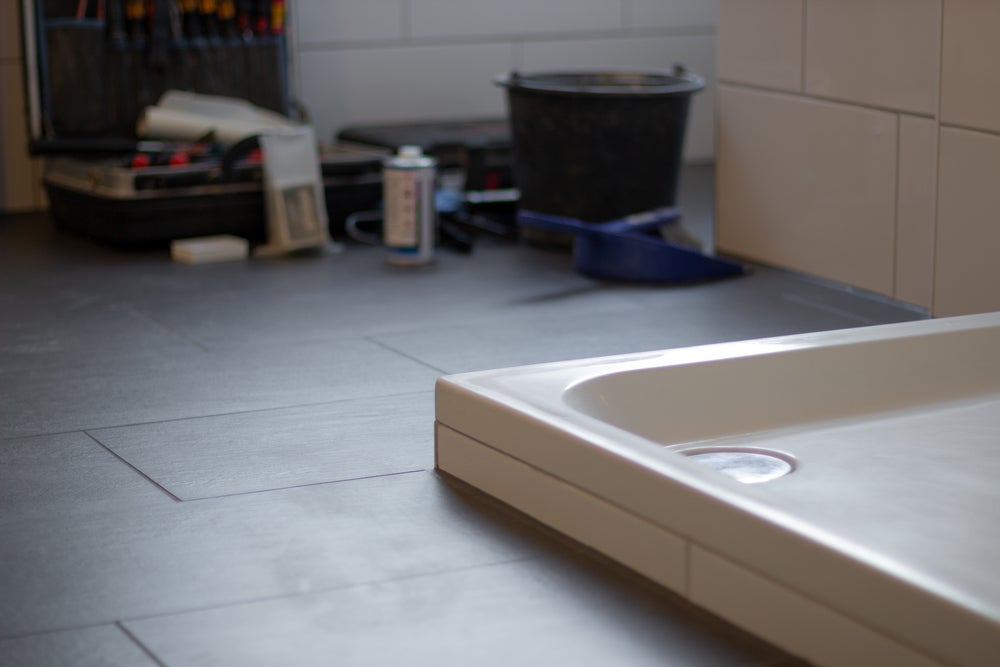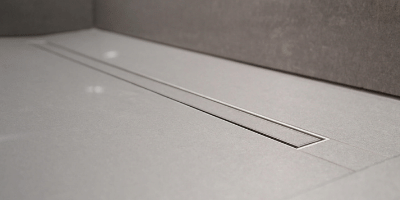Undertaking Your Personal Shower Drain Setup
Undertaking Your Personal Shower Drain Setup
Blog Article
They are making a few great pointers about How to Install or Replace a Shower Drain in general in this post just below.

Upgrading a bathroom is one of the a lot more popular house improvement projects. Dealing with the plumbing for draining your shower can be extremely easy unless you overdo.
Handling Your Own Shower Drain Setup Job
Whether you are a bath tub or shower person, many people look for shower just alternatives when acquiring a house. This basic fact indicates more than a couple of homeowners invest a weekend break updating or installing showers in their bathrooms. Luckily for you, it is a fairly simple procedure.
A collector or frying pan describes the horizontal surface situated at the end of the shower. The collection agency generally consists of a non-slip surface a little banked in the direction of the center or any place the drainpipe is located. Integrated with 3 to 4 inch walls around the side, the goal of your shower drainage plumbing is to obtain the water to move to and down the drain.
You can literally construct a collector for your brand-new shower, but you actually need to think about it. Do you truly intend to enter into the difficulties of obtaining the sloping right, and also seeing to it every facet of it is waterproof? As well as I mean every aspect! It is a lot easier to just purchase a pre-cast collection agency online or at your local Lowes, House Depot or hardware shop. Building one could sound like a wonderful concept, but you will probably feel in different ways after a number of hours.
Despite just how you deal with getting a pan, you need to make every effort to use one that has the drain situated in the very same place as the initial frying pan. Relocating the drain pipelines can be a task, particularly if the builder made use of a distinct framing framework. If you are figured out to move the drainpipe, you are going to need to cut down the pipeline or extend it, which may mean destroying large chunks of the floor. Rephrase, you are mosting likely to be looking at a several weekend task.
Thinking we have our drainpipe lined up, the real hook up is relatively basic. The drainage pipeline ought to be facing upright approximately the enthusiast. It will certainly commonly resemble a "U", which means it functions as a cleanout to maintain unpleasant smells from coming back up from the drainpipe. To connect the drainpipe, you are mosting likely to develop a water limited connection between a drain cap on the top of the pan and also the water drainage pipe. Solutions differ, yet you are generally going to do this by placing a coupling item on the top of the drain pipe. This is then covered with gaskets and also essentially screwed right into the drainpipe cap. The drain cap must function as a locknut, to wit, it screws directly onto the combining.
The complicated part of this process is obtaining your drainpipe cap to suit a leak-proof position in the frying pan. This is accomplished by withdrawing the drainpipe cap when you make sure every little thing fits together. At that point, you placed plumbing professionals putty around the bottom of the cap and then screw it back on. The putty must create a tight seal between the cap and also the shower pan, which maintains water from trickling under it as well as right into the framing under the shower.
Certainly, bathroom showers can be found in a wide variety of designs these days. If you acquire an enthusiast, they generally featured plumbing guidelines or the shop can keep in mind anything unusual you should recognize. It sounds intricate, however is usually rather simple. Enjoy!
How to DIY a Shower Drain Repair or Replacement
Verify the Source of the Leak
Pour some water down the drain using a funnel. If you don’t see signs of leakage from the drain, the leak may be coming from a worn bathtub seal. In this case, fill the bathtub with water and look for leakage between the bottom of the tub and the floor.
Determine What Drain You Need
There are two main types of drains. The options include those with a trip lever, including foot lock, roller ball, and lift and turn drains. Those with trip levers include pop-up and plunger drains. While each may have its own installation guidelines provided by the manufacturer, we’ll continue with the general process of replacing your shower drain.
Access the Drain
If there’s a cover over the drain flange, remove it. Old covers may be stuck in place, so you may need a hacksaw blade to cut it and pry it loose. But if there is no access panel, locate where the shower pipes are, place a cloth or metal plan below where you cut into the wall (to catch any water), and use a drywall saw to cut a panel on your own (you should wear safety glasses if proceeding with this step). You’ll want to cut a piece that can be put back in the same spot after the drain is replaced.
Ideally, you’ll have access to the drain parts through the shower wall. In some cases, the only option is to make an access point through a closet or bedroom.
Remove the Leaky Parts
With the drain exposed, you should see where it is leaking from. There is usually some discoloration in the area of the leak. The drain body, strainer body, or gasket can be removed with pliers while a screwdriver is needed to remove the strainer.
Repair or Replace the Drain
A shower drain repair kit can be purchased at a home improvement store. It will have instructions that will show you how to disassemble and repair the shower drain. Usually, it’s only necessary to fix the parts that are broken. You can combine old and new parts if they fit together. If the entire drain needs to be replaced, swap out all the old parts for the new ones so there are no more leaks.
Test the New/Repaired Drain
Turn on the water lightly while observing how it flows into the drain. Then check the pipes below the shower (in the basement or on a lower floor) to see if there’s any leakage. Once you verify any leak has been fixed, you can go ahead and patch up the wall (using drywall mud and a mud knife).
Ceilings that have water stains should be repaired. Cut away the affected section and replace with a piece of drywall and drywall mud. This eliminates damage caused by the leak and lets you find and mitigate other potential issues such as mold.
https://www.blackhillsinc.com/blog/how-to-diy-shower-drain-repair-replacement/

As an avid person who reads about How to Install a Shower Drain, I think sharing that piece of content was a good thing. Do you know someone else who is fascinated about the subject? Do not hesitate to promote it. We enjoy reading our article about How to Install a Shower Drain.
Report this page